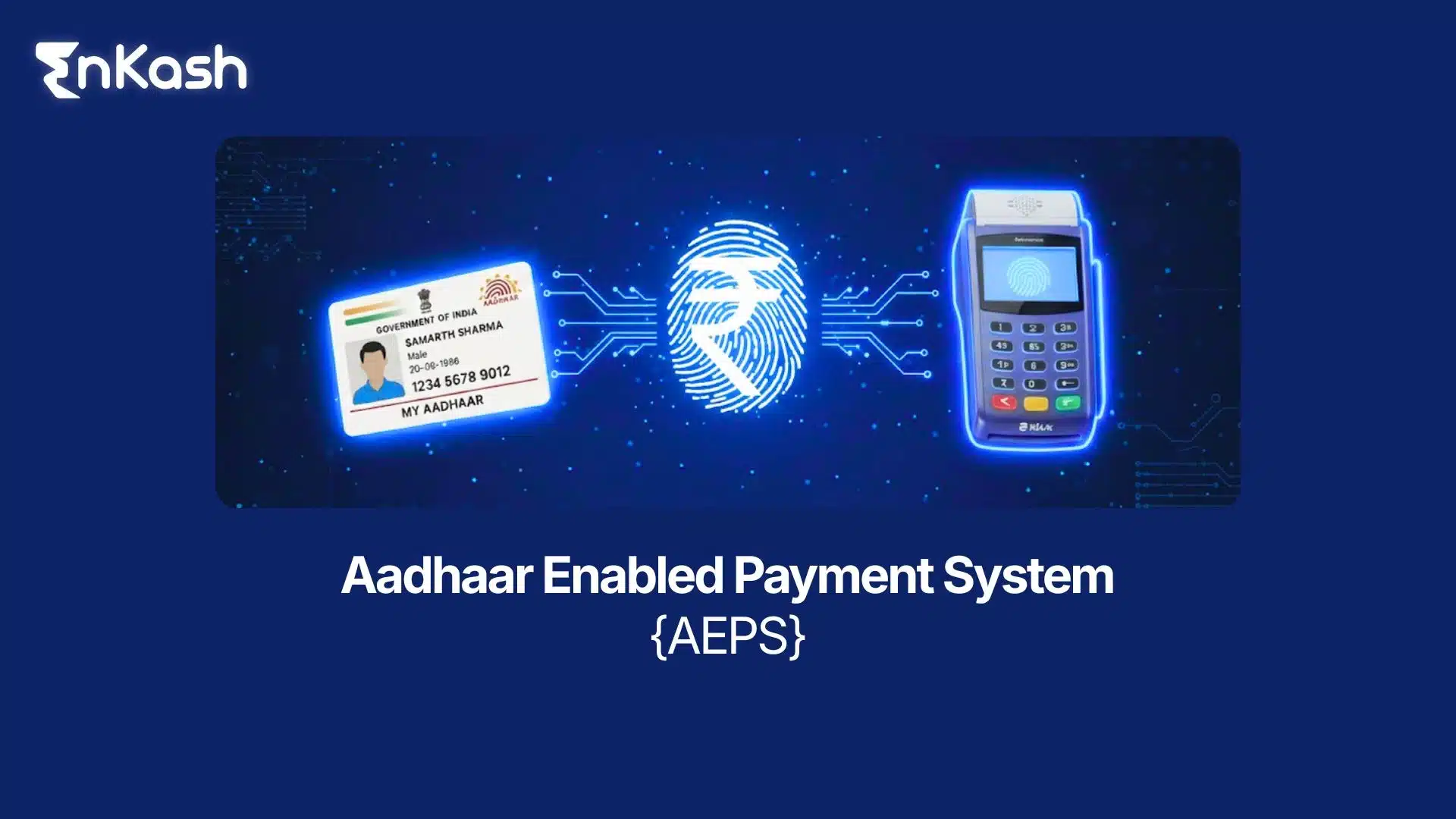Recruiting and retaining the best talents is critical to any company’s success. Among some of the documents that facilitate this is the job offer letter. It may sound like a routine process, but a successful offer letter can set the tone for the entire employee-employer relationship.
Here in this article, we will discuss the job offer letter format India, sample templates, and all those things that every employer must know. Whether you are searching for an employment offer letter sample or sample offer letter format, this comprehensive guide will give you the best job offer letter template for your business.
What is a Job Offer Letter?
A job offer letter is a copy sent by an employer to a candidate once the hiring process is completed. The letter lays down a formal job offer and spells out what will be involved, including the job description, starting date, salary, etc. In India, there is no law that mandates the receipt of a job offer letter, but most companies choose to do so as it brings clarity and transparency for both parties.
The offer letter should be well-thought-out to enshrine the job offer and communicate the expectations to the employee. As it’s often the first legal document exchanged between the prospective employee and the employer, it is an important part of the hiring process.
Read More: HR Compliance Checklist
Important Elements of a Job Offer Letter
Employers are to note the following in order to create a job offer letter that is complete and addresses all key points.
1. Job Title and Role Description
The job title is what tells us what position the candidate is at in the organization. You need to explicitly define the function in order to avoid any ambiguity. For instance, rather than “Developer,” mention whether the role is “Website Developer” or “App Developer.”
Beyond the title, write a brief job description detailing the major tasks and duties of the role. This ensures that the candidate knows their role and what they will need to deliver.
2. Salary Structure and Compensation Package
The pay package is one of the most important elements of the offer letter. It should clearly reflect the Cost to Company (CTC), as well as the individual parts of the salary, for example:
- Basic Salary: The base salary received by the employee.
- HRA: A percentage of the salary that is provided for housing purposes.
- Other Allowances: Include any travel allowance, medical allowance, or performance-related bonuses and incentives.
- Pension Benefits: Provide information on any provident fund contributions or gratuity amounts.
3. Pay Schedule
It is common in India to mention the pay scale in the offer letter. Employers should tell employees that they should be paid on the first day of work, the last day of work, or on a specific date in a month. It should also mention the payment method (Bank transfer, cheque, or cash) to avoid confusion.
4. Employee Benefits
Benefits are what motivate employees to take the job. A job offer letter mentions all the advantages that the company is providing. These may include:
- Health insurance
- Pensions
- Stock options (If applicable)
- Policy on leave
5. Work Location and Working Hours
If the position involves remote work or more than one office, this should be mentioned in the job offer letter. Employers should also mention working hours and any possible flexibility in work, such as working from home.
6. Job Start Date and Offer Expiry Date
The job offer letter should specify when the job will start. Adding an offer deadline is also a smart idea to keep the hiring process moving forward. This provides the candidate with a good time, normally one or two weeks, to accept or decline the offer.
7. Probation Period
Companies in India typically provide a trial period for new hires of three to six months. The offer letter should tell you how long this probationary period is and whether performance evaluations would be a requirement for its successful completion.
8. Confidentiality and Non-Disclosure Agreement
It’s common for offer letters to contain a confidentiality clause if the job applicant will have access to confidential company data. It also makes the candidate aware of their obligation to guard confidential data.
9. Termination Clause
The termination clause defines the conditions under which either side may terminate the employment agreement. Make sure to detail whether the work is “at-will” (one side may sever the relationship for any reason) or conditional.
10. Acceptance of the Offer
Companies should finish the job offer letter by leaving space at the end where the candidate can accept the offer by signing and submitting the letter. It is their acknowledgement of the employment offer and the conditions.
Read More: Payroll process
Sample Job Offer Letter Format / Templates
Below are some sample offer letter formats that can be customized based on the specific needs of your organization.
1. Standard Offer Letter
Subject: Employment Offer from [Company Name]
Dear [Candidate’s Name],
We are pleased to offer you the position of [Job Title] at [Company Name]. Your annual Cost to Company (CTC) is ₹[Salary Amount], which is detailed below:
Salary Breakdown:
- Basic Pay: ₹[Amount]
- House Rent Allowance (HRA): ₹[Amount]
- Other Allowances: ₹[Amount]
- Pension Benefits: ₹[Amount]
Your gross monthly salary will be ₹[Amount]. The salary will be paid on the [first/last working day] of each month via [bank transfer/cheque].
We would like you to begin with work on [Start Date] at our [Location]. You will report directly to [Manager’s Name and Title].
Please complete and return this offer letter before [Offer End Date] to confirm your acceptance. We look forward to introducing you to the team.
Sincerely,
[Your Name]
[Your Designation]
[Company Name]
2. Internal Job Offer Letter
Subject: Congratulations on Your New Role at [Company Name]
Dear [Employee’s Name],
We are pleased to offer you a promotion to [New Job Title] at our company, [Company Name], effective from [Start Date]. Your revised annual CTC will be ₹[Amount], with the following breakdown:
- Basic Pay: ₹[Amount]
- House Rent Allowance (HRA): ₹[Amount]
- Other Allowances: ₹[Amount]
You will continue to report to [Manager’s Name and Title]. Please sign and return this letter by [Offer Expiry Date] to confirm your acceptance.
We know you will do well in this new role and will bring great value to the team.
Best regards,
[Your Name]
[Your Designation]
[Company Name]
Read More: Meal cards
Key Differences Between Job Offer Letters and Other Employment Letters
For employers and employees, knowing the distinction between different types of employment letters is extremely important. The job offer letter is one of the first formal letters that gets sent when you’re trying to find a job, but there are other important letters. Here’s a brief comparison between job offer letters and other employment letters used in India:
1. Job Offer Letter vs. Appointment Letter
Though both documents formalize the employment process, they vary in timing and content:
- Job Offer Letter: A job offer letter is sent after a candidate has been hired but before the company employs them. It describes the fundamental elements of the role, including the job title, compensation, and the starting date. The offer letter is typically more general and provides the applicant with a first proposal. Once the applicant signs and submits the letter of acceptance, they move on to the next step.
- Appointment Letter: An appointment letter is sent after the candidate has accepted the job offer. The letter provides more information regarding the employment contract, such as work hours, sick days, leave, disciplinary procedures and any employment conditions. It legally entrusts the employee to the company, and in India, appointment letters are labor law-related. This document can also serve as official proof of employment for various purposes, including loan applications and background verification.
2. Job Offer Letter vs. Joining Letter
Both the job offer letter and joining letter are essential to the hiring process, but they differ from each other:
- Job Offer Letter: It is the employer’s initial official letter to the chosen applicant explaining the offer and encouraging him or her to accept the offer. It outlines employment conditions, compensation, benefits, and so on.
- Joining Letter: By contrast, a joining letter is a letter that the applicant submits to the company after signing up for the job. It legally approves the candidate’s intent to join the company at the given date. The joining letter represents the applicant’s reply to the offer and begins the onboarding and pre-employment preparation process.
3. Job Offer Letter vs. Confirmation Letter
Both letters address a different phase of an employee’s career.
- Job Offer Letter: Sent at the point of hiring, the offer letter acts as a request to the employee to work with the organization in accordance with a contract.
- Confirmation Letter: Confirmation letters are issued after an employee successfully completes their probation period. Probation is three to six months, during which the employer and employee get to know whether or not the individual would be a good fit for the organization. After completion, the employee becomes a permanent employee, and the confirmation letter formalizes this status, often with a salary increase or benefits.
4. Job Offer Letter vs. Contract of Employment
The other major difference is the difference between a job offer letter and a contract of employment:
- Job Offer Letter: This letter explains what the job entails and the basic terms and conditions, which acts as an agreement between the company and employee.
- Contract of Employment: A contract of employment is a much more extensive, legally binding document that states every specific detail of employment. It contains detailed information regarding job responsibilities, salary, benefits, complaints, confidentiality, IP rights and termination guidelines. In most companies, this contract is signed with or just after the appointment letter.
Read More: Travel and expense cards
Conclusion
A properly formatted job offer letter is an integral component of the hiring process. Not only does it formalize the employment contract but also establishes expectations and terms for both sides. Employers can make the process of onboarding and establish a good rapport with employees by making sure to include all the details like the salary structure, benefits, description of the position, and probation period.
Whether you’re using a template offer letter format or making a custom letter from scratch, remember to express yourself professionally. By using the tips and tricks in this article, you can create a job offer letter that sets the stage for a successful and rewarding employment experience.
Read More: Expense Reimbursement
FAQs
Is it necessary to include a detailed salary breakdown in the job offer letter, or is a lump sum figure sufficient?
While not a legal requirement, it is considered good practice in India to disclose the salary breakdown in a job offer letter. Candidates are always looking for an explanation on things such as Basic Pay, HRA, and Other Allowances so that they can know what their CTC is. It also prevents future confusion regarding deductions, taxes and bonuses.
What should be included in a probation period clause in the job offer letter?
It should include the probation period and terms of it, usually between 3–6 months and the requirement to fulfill it. Specify also how it will be evaluated, whether it’s performance, behavioural testing, etc., and what will happen at the end of the probation (e.g., hire as a full-time employee, extension of probation, or termination).
Can a company revoke a job offer after it has been accepted by the candidate?
Yes, an employer can withdraw an offer of employment once it is accepted in some specific circumstances (for example, because the employee doesn’t pass background checks or medical exams). However, if the offer letter did not contain such conditions, reversing the offer could expose the company to legal exposure, particularly if the employee has already left his previous employer.
How specific should the job description be in the offer letter?
The offer letter should be specific enough to make sure the candidate knows what is expected. It needs to include primary tasks, but it doesn’t need to be exhaustive. For example, putting the main tasks and performance requirements in the job description is helpful, but the employer can give a better job description when onboarding.
Are companies required to offer health insurance in the job offer letter in India?
While offering health insurance isn’t mandatory by law for all companies, many organizations include it as part of the benefits package to attract talent. If your company does offer health insurance, it’s important to include details in the offer letter, such as the sum insured, premium coverage, and whether family members are included.
What happens if a candidate does not respond to the offer letter by the expiry date?
If a candidate doesn’t respond to the job offer letter by the time it expires, the offer generally becomes null and void. It’s important to give an exact deadline for acceptance, and if the candidate fails to reply, the company is at liberty to place someone else on the job. You can send follow-up emails to employers to check if the candidate is still interested, but you don’t have to.
Should the offer letter include details about termination or resignation conditions?
Yes, including a termination clause is highly recommended. This clause should outline the circumstances under which the company can terminate the employment (e.g., poor performance, misconduct), as well as the notice period the employee must serve if they choose to resign. This provides legal protection for both the employer and the employee.
Can an employee negotiate the terms of the job offer after receiving the offer letter?
Employees tend to negotiate after they’ve received a job offer letter, especially regarding pay, benefits, or the date of hire. If the negotiation is successful, a new offer letter should be issued to incorporate the new terms. However, companies need to limit what is negotiable so that negotiation time is minimized.
How should the offer letter address bonuses or variable pay components?
If your employer provides bonuses or fixed compensation, how these elements are computed should be clearly specified in the job offer letter. Bonuses, for instance, could be tied to individual performance, firm profitability, or departmental objectives. The letter should also state how often such payments are made (monthly, quarterly, or annually) and whether they are deferred to managerial discretion.
Is it necessary to include a confidentiality or non-disclosure agreement (NDA) in the job offer letter?
Although not required, it’s a good idea to include a confidentiality agreement or attach a separate NDA if the job involves the handling of sensitive data. This ensures the employee knows that he or she is responsible for the company’s intellectual property and proprietary information from the beginning of the hiring process.








